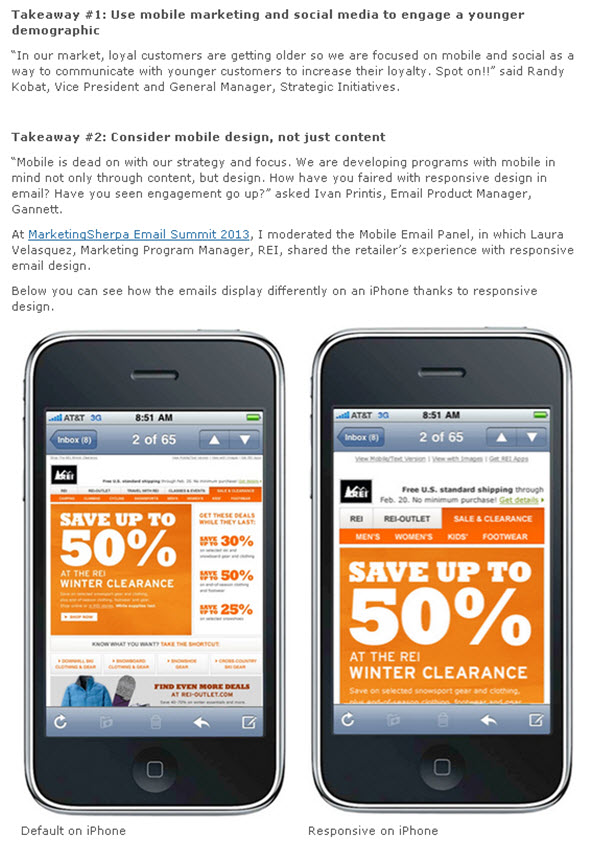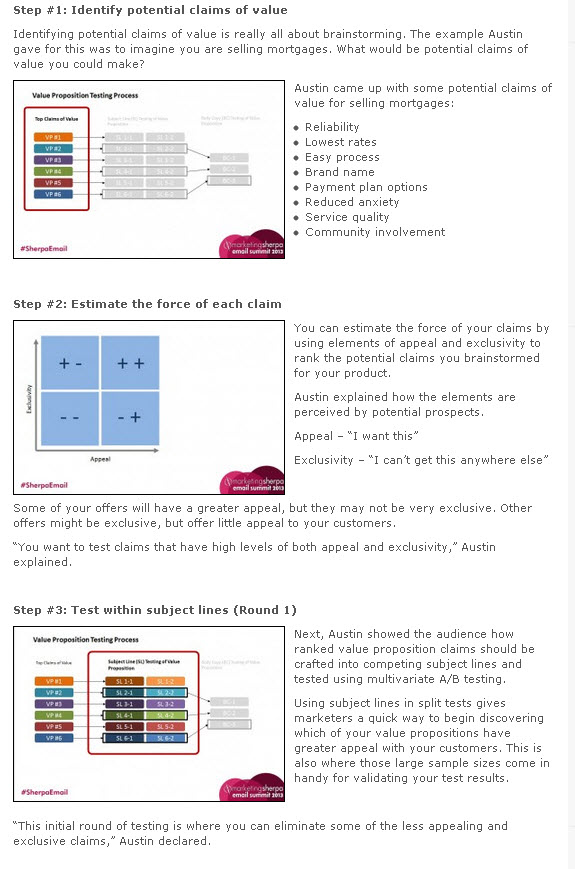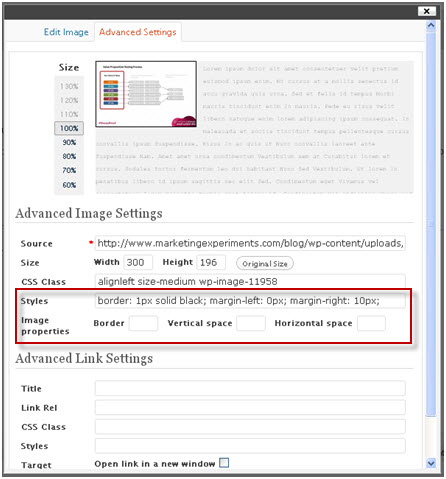In copy editing, there’s always something new to learn.
In the past few months since writing my first post on editing, “Content Marketing: 7 copy editing tips to improve any content piece,” I’ve had the chance to sit down with members of the Content Team at MECLABS and develop an updated company style guide.
Also, I was given the opportunity to move into the role of editorial analyst and have had the privilege of reviewing candidates for a new copy editor (we’re still looking if you’re interested).
All of these changes in my current role have made me reflect on practices and techniques I naturally developed over the past year. I’ve taken lessons learned from mistakes, tips from colleagues and from my own experiences in editing and found that you never really stop learning when it comes to perfecting your content.
Tip #1. Make a checklist
Sometimes, editing can seem overwhelming when there are so many things to check for accuracy:
- Individual names
- Company names
- Job titles
- Headlines
- Links
- Grammar
- Punctuation
- Bulleted lists
- Images
Ultimately, anything used to create content needs to be vetted in the editing process.
To help keep your mind focused on the things you need to be looking out for, make checklists for yourself to ensure your editing covers all of the key elements in the piece.
Write them down and pin them to your cubicle wall or set reminders to refer back to while you’re editing, especially if you’re editing content that is particularly lengthy.
Checklists are also helpful when you’re implementing something new in your process. This can help you start remembering to include it in your daily routine.
Tip #2. R-E-S-P-E-C-T
As an editor, you have the power to change content as you see fit. The tone, context, word choices and everything else is in your hands.
But with great power comes great responsibility.
You should respect and consider two different groups of needs in order to improve your editing beyond simple grammar and punctuation changes:
- The author’s need for a distinct voice.
- The audience’s need for content that’s relevant to their interests and useful to their needs.
Respecting the author’s voice involves keeping it intact throughout. Good editors can spot who wrote an article without looking at a byline. Everyone has their own style of writing in the same way everyone has their own way of speaking.
While there may be changes for clarity or if something is just plain incorrect, editors should not go out of their way to remove the author’s unique voice from a piece.
This could mean removing an opinion if the article is not a subjective piece, but their style of writing should not be completely muted if it is not interfering with your editorial guidelines.
The second group you must respect is your audience, and the way to do this is to know them.
One way to do this is by reading the feedback you receive in your comments section. If people are expressing confusion or want to know more about a topic, address their needs by working those concerns into your next article or blog post.
As I’ve learned, one of the fastest ways to lose an audience is when using jargon. You may have a cozy understanding of it, but your audience doesn’t.
Do not include acronyms, terms or phrases that readers could be unfamiliar with. Instead, use a brief explanation and hyperlink to content that will help them gain a deeper understanding of the concepts.
Tip #3. Search engines are your best friend
Run into terms not in your stylebook?
Author using a phrase you’re not familiar with? Don’t just guess – search!
In marketing, there are quite a number of terms that don’t have standard spelling or punctuation.
Words like e-commerce, website, webpage, e-book and other Web terms (even the word “Web” itself) have different ways of being referenced.
You can set style standards for these, however, once in a blue moon, you will encounter something new that you need to make a decision on.
To help keep our decisions consistent, my team just wrapped up a revised version of our company style guide. In its 32 pages, we attempted to cover our usage of words that differ from how other companies typically use them.
We added some things and threw some things out.
For anything not covered in our style guide, we default to the Associated Press Stylebook to cover our bases.
My point here is instead of just picking guidelines at random, think of how your company uses certain words or phrases and search for those terms online to see how others are using them.
Tip #4. Make your bulleted lists consistent
Bulleted lists are great when you have a list of items too long for a sentence, or just need to separate thoughts to get your point across.
When making lists, be sure to keep your style in those lists consistent. This could mean choosing whether to make your lists complete sentences or not, ending them in punctuation or not, or maybe choosing a tense to stay in.
For example, I wanted to start by showing you one way not to do a list:
The top four goals our team has this year are:
- Meet deadlines
- Making sure the website is updated
- We should be holding conference calls every week.
- Email marketing
Here’s a way I would edit this list to be more uniform in style, grammar and punctuation:
The top four goals our team has this year are to:
- Meet deadlines
- Update the website as needed
- Hold conference calls every week
- Improve our email marketing efforts
Read more…
 Jonah, who will be a keynote speaker at Email Summit 2015, has studied how products are used and why behaviors catch on. His book, Contagious: Why Things Catch On, was a New York Times and Wall Street Journal bestseller on the topic.
Jonah, who will be a keynote speaker at Email Summit 2015, has studied how products are used and why behaviors catch on. His book, Contagious: Why Things Catch On, was a New York Times and Wall Street Journal bestseller on the topic.













